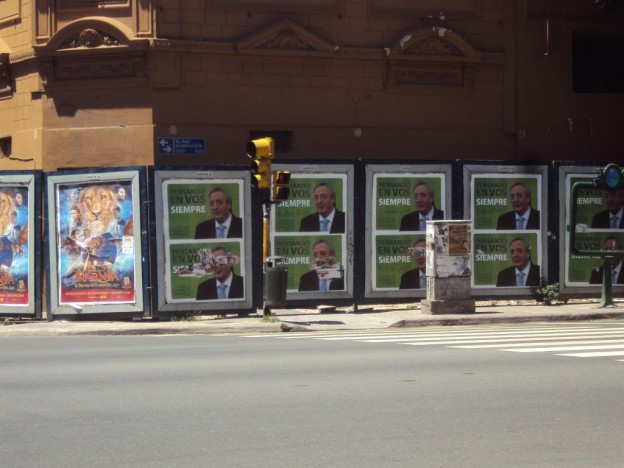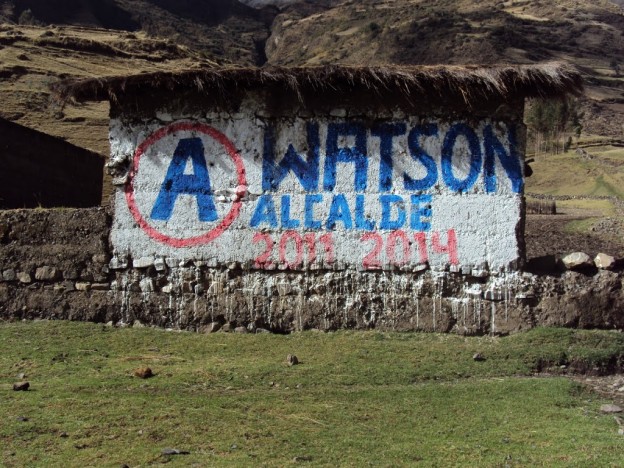Just last week I used the Canadian edition of the BlackBerry website. It gave me all the information I needed quickly and efficiently in a pleasing, professional interface and I was happy.
This evening I went to the site and saw this as the homepage: a rather static screen trying hard – and failing in my books – at a lifestyle branding for BlackBerry.
Today BlackBerry is the leader in the smartphone market, but it’s obvious that the Android platform and iPhone are growing faster than BlackBerry. To protect their position and keep growing they have to do something.
But static and boring web interface? All I get to do is go left to right or right to left and click on user types like “The Shy Girl” or “The Power Couple” to see what BlackBerry device they should be using.
Apparently if you are The Shy Girl you use the BlackBerry Pearl. I wonder how all the BlackBerry Pearl users out there feel about that. “Hey, you have a BB Pearl, you must be the shy girl who texts a lot.” I mean how does that help someone gain status in their social circle? I was looking at getting the BlackBerry Torch, except now I am told that I am apparently broadcasting that I am part of The Power Couple! The truly powerful usually have little need to broadcast such things, they simply are and they act, so where does that leave me?
What are they thinking at BlackBerry? What’s the insight at work here?
Have they heard of video and all the really cool things they could do by integrating video into their site – or better yet, why not just keep it clean and professional until you have a great lifestyle brand idea that you can make work online? So many ways to advance a lifestyle brand, so much to learn!
NB: We just saw anther number 1, Nokia, do something about the threats to their leadership position: announcing a strategic partnership with Microsoft, for better or worse. Hope they will open up that platform widely so they can garner the creativity and imaginations of apps developers everywhere.
















